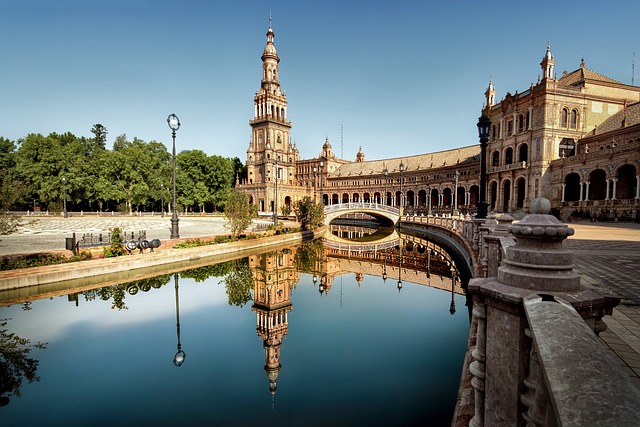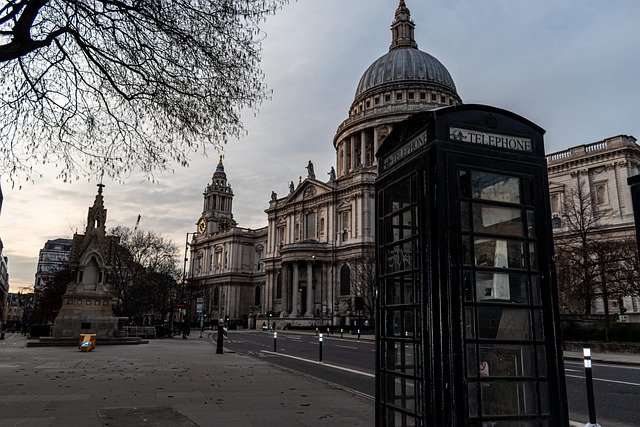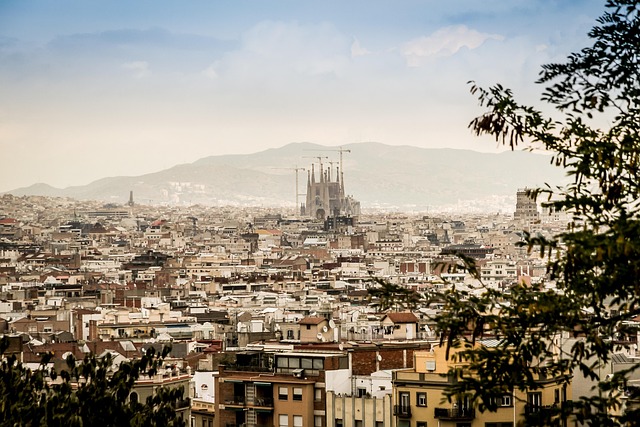
The Malir River, a vital geographic feature of Karachi, has sustained and shaped the city since ancient times, offering fresh water, agriculture support, and facilitating trade. Despite environmental degradation due to urbanization and industrialization, it remains integral to Karachi's identity, culture, and economy, attracting diverse species and providing ecological diversity. The riverbank communities gather for social events, fostering a shared heritage. Efforts are underway for its environmental restoration through cleaning, water quality enhancement, and sustainable practices, with future prospects relying on collaboration, regulations, and eco-friendly development.
The Malir River, a vital watercourse winding through the heart of Karachi, is more than just a geographic feature; it holds immense historical significance, shaping the city’s identity for centuries. This article explores the river’s journey, from its geographical origins to its cultural and economic role in the bustling metropolis of Karachi. We delve into the environmental challenges it faces and the preservation efforts aimed at securing its future as a sustainable resource for the vibrant city.
- The Historical Significance of Malir River in Karachi
- Geography and Course of the River
- Environmental Impact and Challenges
- Cultural and Economic Role in the Community
- Preservation Efforts and Future Prospects
The Historical Significance of Malir River in Karachi

The Malir River, a significant geographic feature of Karachi, has played a pivotal role in the city’s history and cultural identity. Since ancient times, this river has been a lifeline for the region, providing a source of fresh water, supporting agriculture, and facilitating trade. The term ‘Malir’ is believed to have derived from an old language, translating to ‘a place where water flows’, reflecting its enduring significance in the arid landscape of Karachi.
Historically, the river has been a hub for community gatherings, offering respite from the bustling metropolis. Its banks have witnessed the evolution of the city, from traditional fishing villages to modern urban centres. The Malir River’s ecological diversity has also attracted various species, making it a natural haven within the concrete jungle of Karachi. Its historical and cultural importance continues to shape the narrative of the city, inspiring both locals and visitors alike.
Geography and Course of the River

The Malir River, a vital watercourse, flows through the heart of Karachi, Pakistan’s vibrant metropolis. Its journey begins in the city’s northeastern outskirts, where it emerges from a serene natural setting, meandering its way through urban landscapes before emptying into the Arabian Sea. The river’s course is characterized by a blend of tranquil backwaters and bustling urban canals, reflecting the diverse nature of Karachi’s geography.
As it navigates the city, the Malir River passes through various neighborhoods, providing a lifeline to communities along its banks. Its meanders create picturesque vistas, offering locals and visitors alike moments of tranquility amidst the hustle and bustle of Karachi. This river is not just a geographical feature but a cultural and ecological element that intertwines with the city’s fabric, shaping its identity in unique ways.
Environmental Impact and Challenges

The Malir River, a vital watercourse in Karachi, has been facing significant environmental challenges that have impacted its health and the surrounding ecosystem. Urbanization and industrialization along its banks have led to severe pollution. Industrial waste, untreated sewage, and plastic debris are some of the primary contributors to this problem, making the river a microcosm of the city’s ecological struggles. These pollutants not only harm aquatic life but also pose risks to public health as the river remains a source of drinking water for parts of Karachi.
The environmental degradation of the Malir River has led to a range of challenges, including habitat destruction, reduced biodiversity, and increased waterborne diseases in nearby communities. The river’s once-vibrant ecosystem has suffered from the constant influx of toxic substances, making it difficult for local flora and fauna to thrive. Efforts to mitigate these issues require collaboration between local authorities, environmental organizations, and residents to implement sustainable practices and enforce stricter pollution control measures.
Cultural and Economic Role in the Community

The Malir River, flowing through Karachi, is more than just a geographical feature; it holds profound cultural and economic significance for the community. The riverbanks serve as vibrant spaces where locals gather for social events, fostering a strong sense of community and shared heritage. For generations, the river has been a lifeline, providing sustenance and a means of livelihood to many residents. Fishing, agriculture, and transportation along its banks have shaped the local economy, making it an integral part of Karachi’s identity.
Furthermore, the Malir River is a cultural hub, inspiring art, literature, and traditional practices. Its serene beauty has captivated artists and poets, who often draw inspiration from its landscapes. The river also plays a vital role in religious ceremonies and festivals, adding to the rich tapestry of Karachi’s cultural diversity. As an essential resource, it continues to drive economic activities and define the unique character of this bustling metropolis.
Preservation Efforts and Future Prospects

The Malir River, a vital watercourse flowing through Karachi, has long faced environmental challenges. However, there is a growing awareness and preservation effort to restore its ecological health. Local communities, NGOs, and the government are collaborating on initiatives aimed at cleaning the river, improving water quality, and promoting sustainable practices along its banks. These efforts include planting trees, creating wildlife habitats, and educating residents about responsible waste management.
Looking ahead, the future prospects for the Malir River depend on continued collaboration and innovative solutions. Implementing stricter environmental regulations, investing in advanced wastewater treatment technologies, and encouraging eco-friendly urban development can help ensure the river’s long-term viability. As Karachi continues to grow, it is crucial that these preservation efforts are sustained, allowing the city to embrace its natural resources while ensuring a healthier and more sustainable future for both the river and its inhabitants.
The Malir River, a vital ecological and cultural thread running through Karachi, holds immense historical significance while facing contemporary environmental challenges. Its geographical course has shaped the city’s landscape and fostered community resilience. Recognizing its cultural and economic role, preservation efforts are crucial for preserving this natural asset for future generations in the vibrant metropolis of Karachi.






